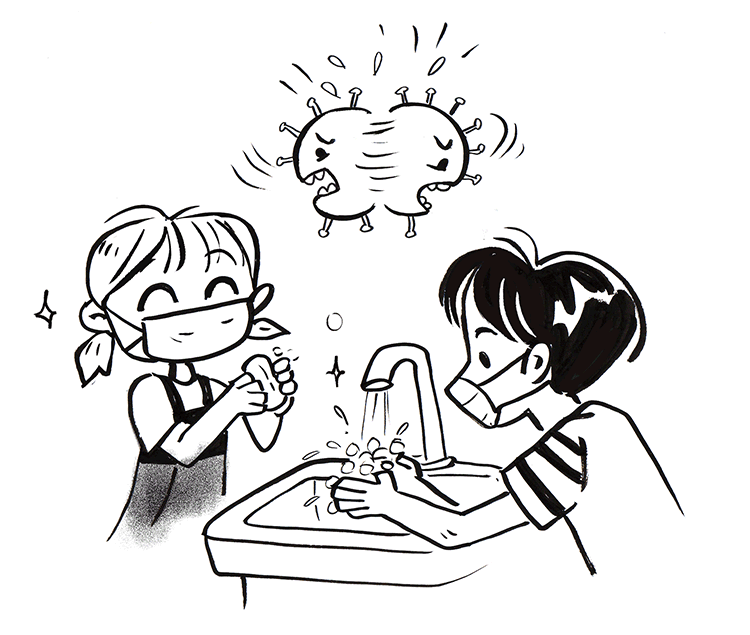Let’s Learn About Germs and How They Spread!
Have you ever wondered about the words you hear on the news like “epidemic,” “pandemic,” and “endemic”? They might sound complicated, but don’t worry! We’re here to break it down for you. Let’s explore these big words, learn how germs spread, and find out about immunity.
What are Epidemics, Pandemics, and Endemics?
These words describe how diseases or illnesses spread in different ways:
- Epidemics: Imagine if a lot of people in your school suddenly caught the flu. That’s an epidemic – when a disease spreads quickly and affects many people in one area at the same time.
- Pandemics: Now, imagine if kids all over the world started getting the same flu. That’s what we call a pandemic – when a new disease spreads across countries and continents.
- Endemics: Endemics are a bit different. An endemic disease is one that’s always present in a certain place. For example, the disease malaria is endemic in some parts of Africa, which means it’s always there.

How Do Germs Spread?
You know how your teacher always tells you to cover your mouth when you sneeze? That’s because germs can spread in several ways:
- Person-to-Person Contact: This happens when someone who’s sick coughs or sneezes, sending tiny germ-filled droplets into the air. If someone else breathes in those droplets, they can get sick too.
- Touching Surfaces: Some germs can live on things like doorknobs and toys. If you touch something a sick person touched and then touch your face, you can catch their germs.
- From Animals to People: Some diseases can spread from animals to people. This can happen if an animal bites or scratches you, or if you touch animal poop.
- Through Vectors: Some germs use helpers called vectors to spread. For example, mosquitoes are the vectors for the malaria germ. When a mosquito bites a person, it can pass the germ to them.
What is Immunity?
You know how sometimes you get sick, but your best friend doesn’t, even though you both played together? That’s because of something called immunity. It’s like your body’s superhero team, protecting you from germs:
- Innate Immunity: This is the superhero team you’re born with. They defend your body from any germs that try to invade. Your skin is part of this team, acting like a giant wall that keeps germs out.
- Adaptive Immunity: This superhero team learns from experience. When you get sick, your body makes special weapons called antibodies that help fight off the germs. If those germs ever try to invade again, your body remembers how to defeat them.
Vaccines are like training exercises for your adaptive immunity. They show your body what a germ looks like so it can learn how to fight it, without making you sick.
Knowing about germs and how they spread can help us stay healthy. And remember, knowledge is power! So let’s keep learning and growing together!
